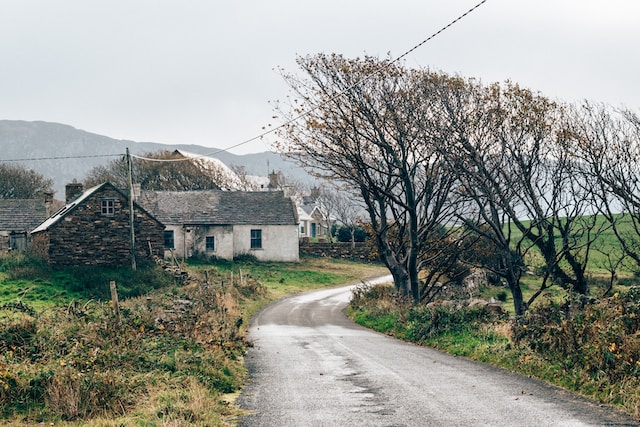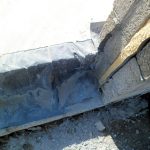Architect Hugh Wallace says Ireland needs a zero VAT rate for home improvements, and vacant homes grants need less red tape.
In this article we cover Hugh Wallace’s presentation at the Hardware Association Ireland (HAI) 2023 conference, including:
- The case for changing VAT rates on owner-occupier renovations and energy upgrades
- Problems with the vacant properties grant (Croí Cónaithe Vacant Property Refurbishment Grant)
- How to balance heritage and social history with energy efficiency
- What he thinks “honest refurbishments” look like
- Inconsistent approach from conservation officers
- Issues with building regulations and planning restrictions
- Wallace’s views on Europe further tightening up energy efficiency requirements
Architect and TV personality Hugh Wallace railed against the VAT regime, building regulations, and conservation officers’ inconsistent approach to renovations, at the Hardware Association Ireland (HAI) conference in Kilkenny on March 30, 2023.
Supporting the HAI’s Empty Homes Campaign, Wallace said that there were 250,000 vacant buildings available to refurbish in ROI, with at least 50,000 that could be upgraded now. Refurbishing an existing building has a 40 to 50 per cent lower carbon footprint than building new, he added.
Balancing heritage and energy efficiency
Wallace said that unless vacant buildings were brought back to life, they would “end up back in the ground”. He argued that while buildings needed to retain their architectural heritage, they also need to be given the opportunity to include contemporary elements and make them suitable for modern living. “At heart, I see opportunities,” he said, calling for “honest refurbishments”.
He said there was an “imbalance” in the building regulations between retaining features and getting to a B2 building energy rating.
All major renovations, apart from listed buildings, must achieve a B2 energy rating.
Not retaining the architectural integrity of older buildings, for the sake of energy efficiency, will have a “negative impact on our social history”. He added it was possible to do both, giving the example of a property that insulated stone walls with 82mm of a hemp lime mix, but that comes at a high financial cost.
Conservation officers within the same local authority also have different opinions on what’s acceptable and what isn’t, Wallace said, making for an inconsistent approach to renovating old buildings. He said some are open to adding some contemporary elements if the planning application can show an understanding of the architectural merit of the property. While others may not.
Zero VAT
Wallace said that energy grants from the SEAI, for the One Stop Shop, were capped at €27,500 on a total expenditure of €60,000 to upgrade the building to a B2 building energy rating.
One Stop Shop grants are for deep retrofits, meaning the entire home is insulated, made airtight, includes a ventilation system, and a heat pump as the source of heating.
He said the government “gives with one hand and takes away with the other” as all amounts include VAT. Excluding VAT, the grant only amounts to €19,000, he said, arguing for a zero VAT rate on all home improvements carried out by owner occupiers and residential landlords.
Many properties aren’t suitable for a B2 renovation, he said, meaning they are unlikely to be suitable for a heat pump. Yet gas boilers will be phased out by 2030.
As for the changes coming from Europe, in the form of the recast EPBD which is currently in draft form, Wallace said he expects owners won’t be able to sell their home if they don’t reach the minimum building energy rating targets set out in legislation. The onus could be on the owner to pay for the work that will see the home achieve that target.
Other barriers
Wallace added that the vacant properties grant, known as the Croí Cónaithe Vacant Property Refurbishment Grant, of up to €50,000 to renovate a vacant building anywhere in ROI, “should come with a health warning”.
He said that banks won’t lend on derelict properties for first time buyers, “no toilet, no mullah”, he said. Those who aren’t first time buyers need to sell their house and prove it’s stayed in residential use, he added.
Building regulations are another barrier to renovating vacant buildings, he said. Because of fire regulations, accommodation above shops and the subdivision of Georgian buildings are difficult to do, if not impossible. He said fire regulations were a roadblock he’s come across with the Living City Initiative too.
Wallace added there are many planning regulations that prevent change of use. The example he gave was if a shop has never been let, it cannot be converted into residential use.










